Supreme Court Issues Guidelines on Police Use of Body Cameras
- ByAdmin --
- 29 May 2025 --
- 0 Comments
In a significant step toward enhancing police accountability and protecting citizen rights, the Supreme Court of India has issued a set of guidelines for the use of body-worn cameras by law enforcement officials. These directions aim to standardize the deployment, usage, and data management related to body cameras to ensure transparency in police operations, especially during arrests, public interactions, and search-and-seizure activities.
The move comes amid growing concerns over police misconduct, excessive use of force, and custodial violence. The Court emphasized that the presence of body cameras will serve as both a deterrent and a means of evidence preservation, contributing to fairer legal outcomes and greater trust in policing.
Highlights of the Supreme Court's Guidelines
- Mandatory Use During Public Interactions
Police officers must wear and activate body cameras during arrests, public order enforcement, and interactions involving the use of force or custodial detention.
- Audio-Visual Recording
The cameras must capture both video and audio. Officers must not tamper with the recordings or switch off devices unless operationally required.
- Preservation of Footage
Footage related to complaints, legal proceedings, or controversial police actions must be preserved for a minimum duration as defined by departmental policy and judicial instructions.
- Public Awareness and Consent
Officers are expected to inform citizens that they are being recorded during interactions, unless such disclosure compromises the safety or success of the operation.
- Accountability in Non-Compliance
Failure to use or disabling the camera without valid reason may result in disciplinary action against the officer concerned.
Legal and Constitutional References
- Article 21 – Right to Life and Personal Liberty
This article encompasses the right to protection against unlawful arrest, custodial torture, and abuse. The use of body cameras helps safeguard this right by ensuring transparency.
- Article 19(1)(a) – Freedom of Speech and Expression
Ensures a citizen’s right to be informed and express concern against misconduct. Body cameras help preserve objective evidence to support these rights.
- Criminal Procedure Code (CrPC)
- Section 41: Lays down the procedure for arrest. Cameras will now document if due process is followed.
- Section 50A: Pertains to informing a friend or relative about an arrest, which can also be verified through video evidence.
- Section 41: Lays down the procedure for arrest. Cameras will now document if due process is followed.
- Indian Evidence Act, 1872
- Section 65B: Allows electronic records, including body cam footage, to be admissible in court if authenticated properly.
- Section 65B: Allows electronic records, including body cam footage, to be admissible in court if authenticated properly.
- Police Acts & Guidelines
State Police Acts and Model Police Act guidelines require professional and accountable policing. The Court’s directions aim to harmonize body cam use across jurisdictions.
Objectives Behind the Guidelines
- Ensure Transparency
Helps reduce instances of police brutality, illegal detention, and use of force, by creating a clear record of events.
- Support Lawful Investigations
Footage can serve as primary evidence in court proceedings, supporting both police and civilian claims.
- Protect Officers from False Allegations
Just as body cams protect citizens, they also safeguard honest officers from false complaints and public backlash.
- Standardize Procedures
Sets a national precedent to encourage uniform policies across states regarding storage, access, and review of body cam data.
Broader Impact and Recommendations
- Training and Awareness
Police personnel must receive regular training on handling, operating, and ethically using body cameras.
- Data Privacy and Management
A strict data policy is required to ensure footage is not misused, leaked, or shared unlawfully. The provisions of the Digital Personal Data Protection Act, 2023, may apply to the storage and processing of such data.
- Periodic Audits
Judicial or independent audit of footage and camera usage should be conducted to ensure compliance.
- Inclusion in Police Reforms
This move is part of broader police reform efforts that aim to align law enforcement with democratic and constitutional values.
The Supreme Court has directed the Ministry of Home Affairs to collaborate with state governments and police departments to implement these guidelines effectively. Detailed timelines for deployment, procurement, and training are expected in follow-up actions. This judgment is likely to serve as a cornerstone for modernizing Indian policing and reinforcing the rights of both officers and citizens through transparent and accountable law enforcement practices.

























































































































































































































































































































































































































































































































































































































































































































































































































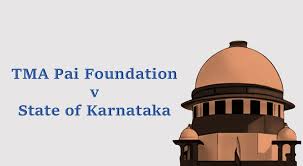


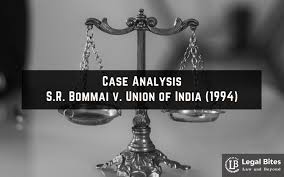








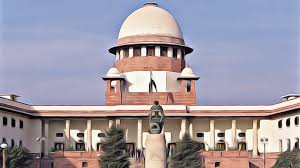

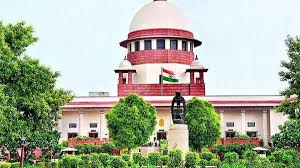









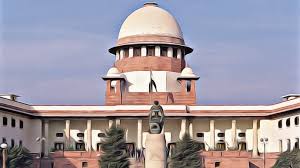




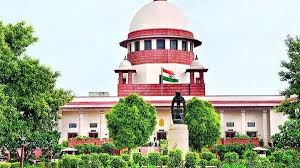




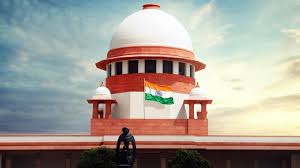



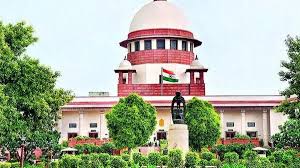
















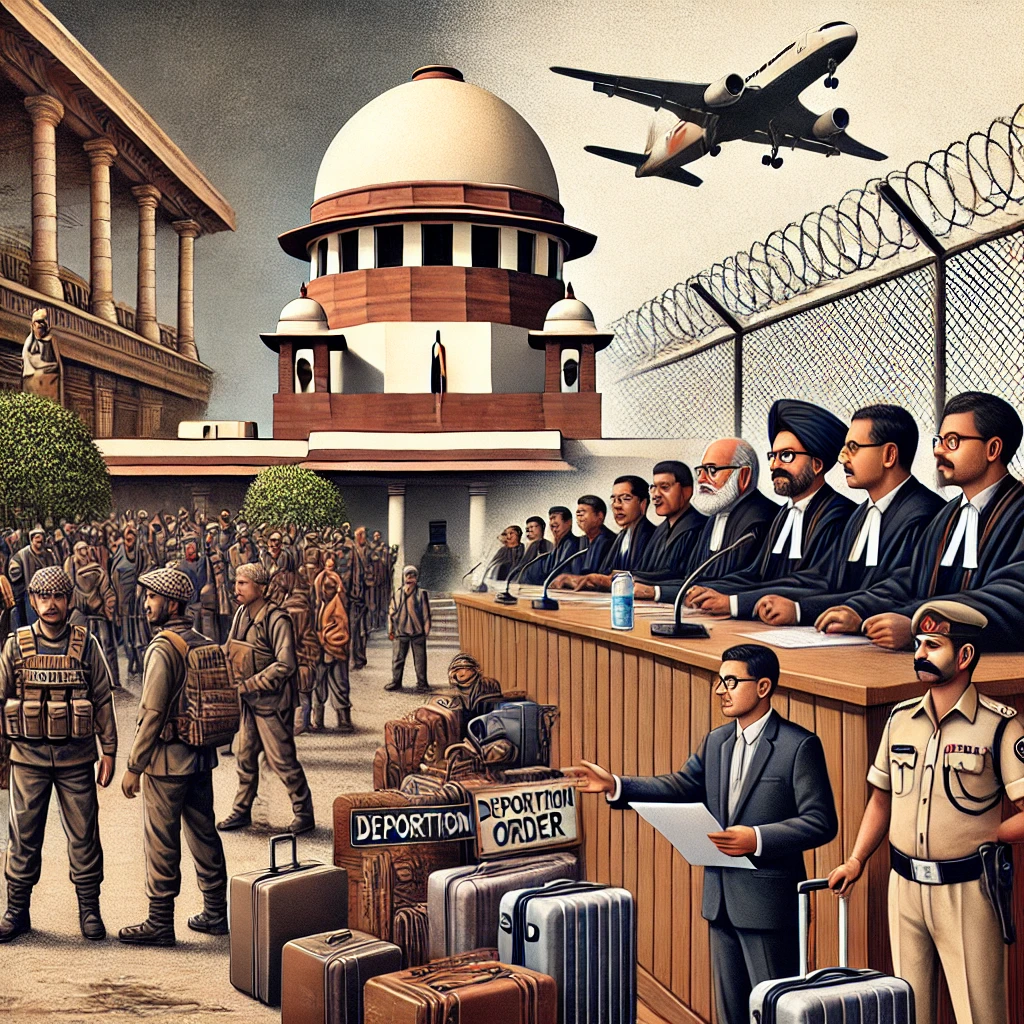
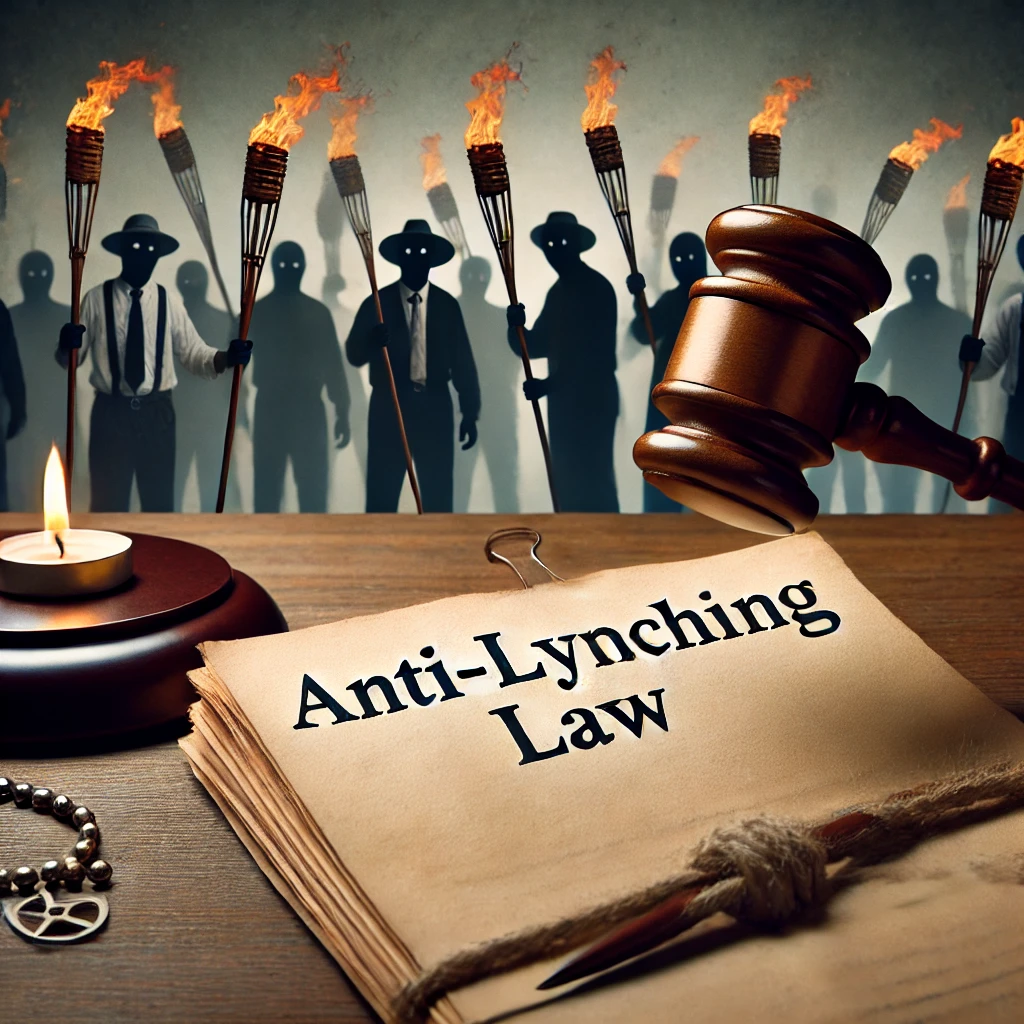
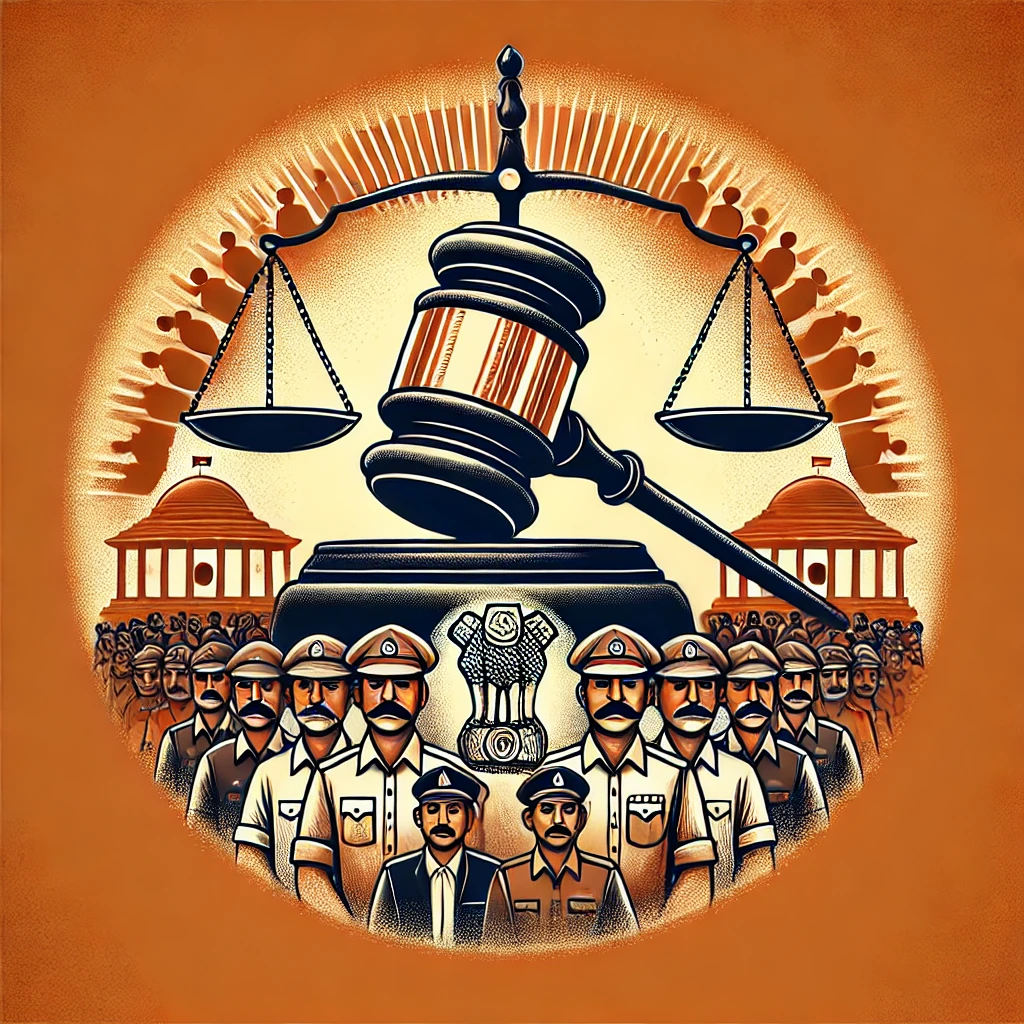


















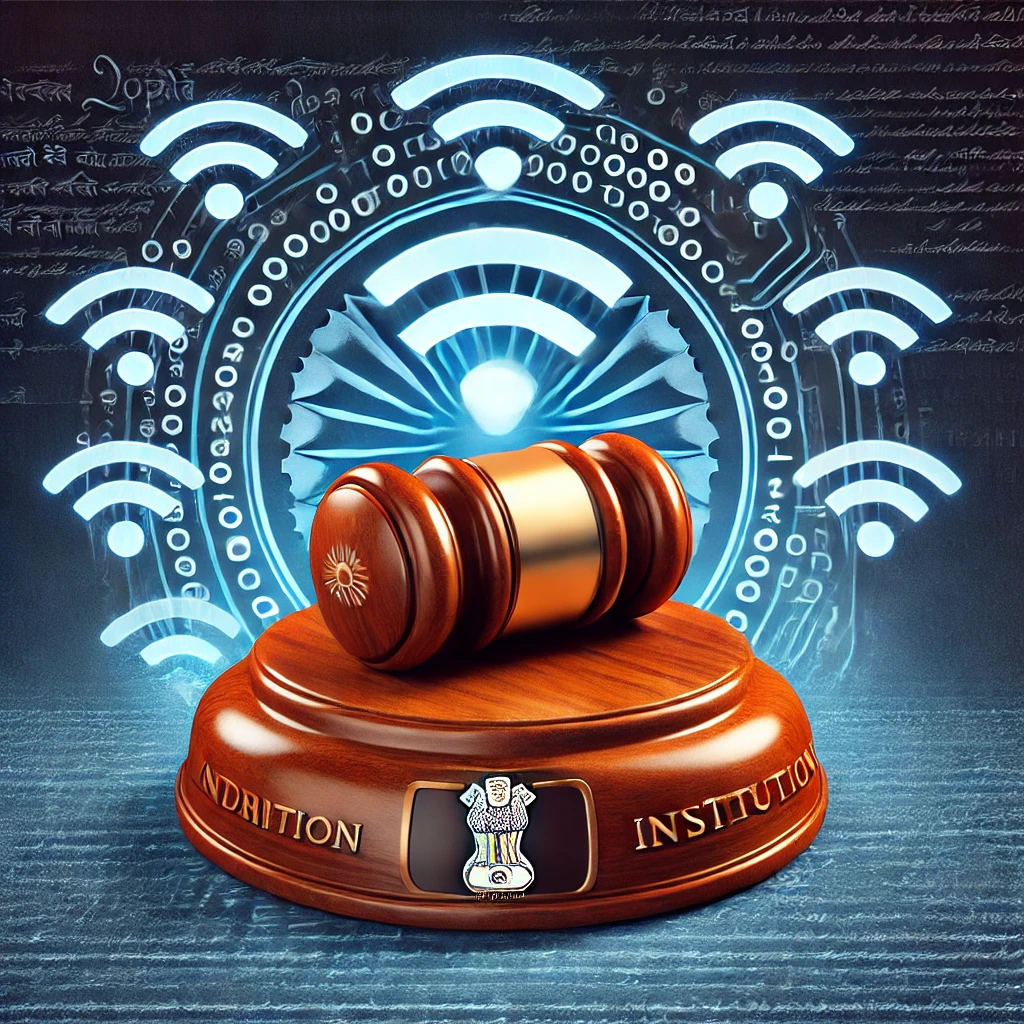
















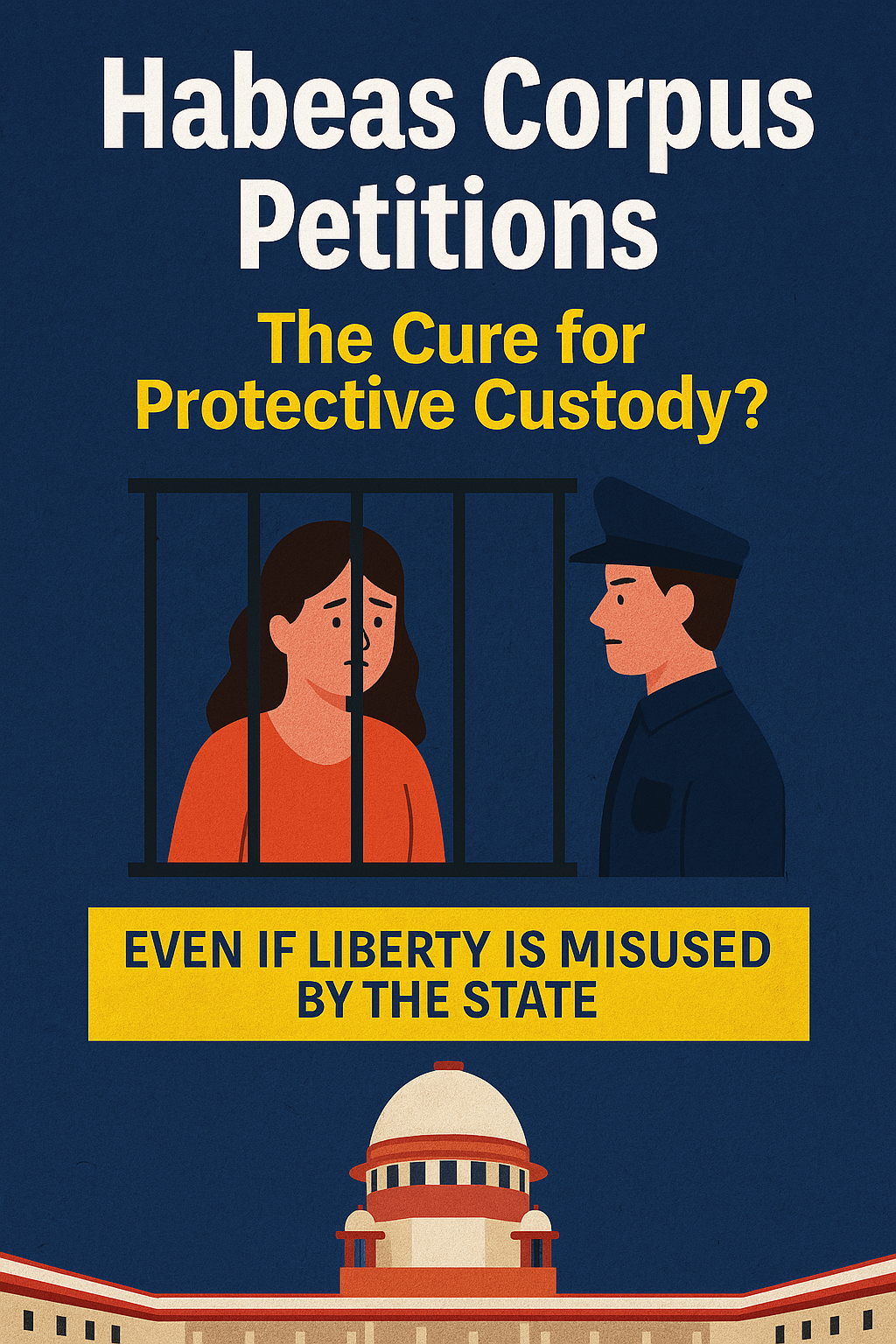




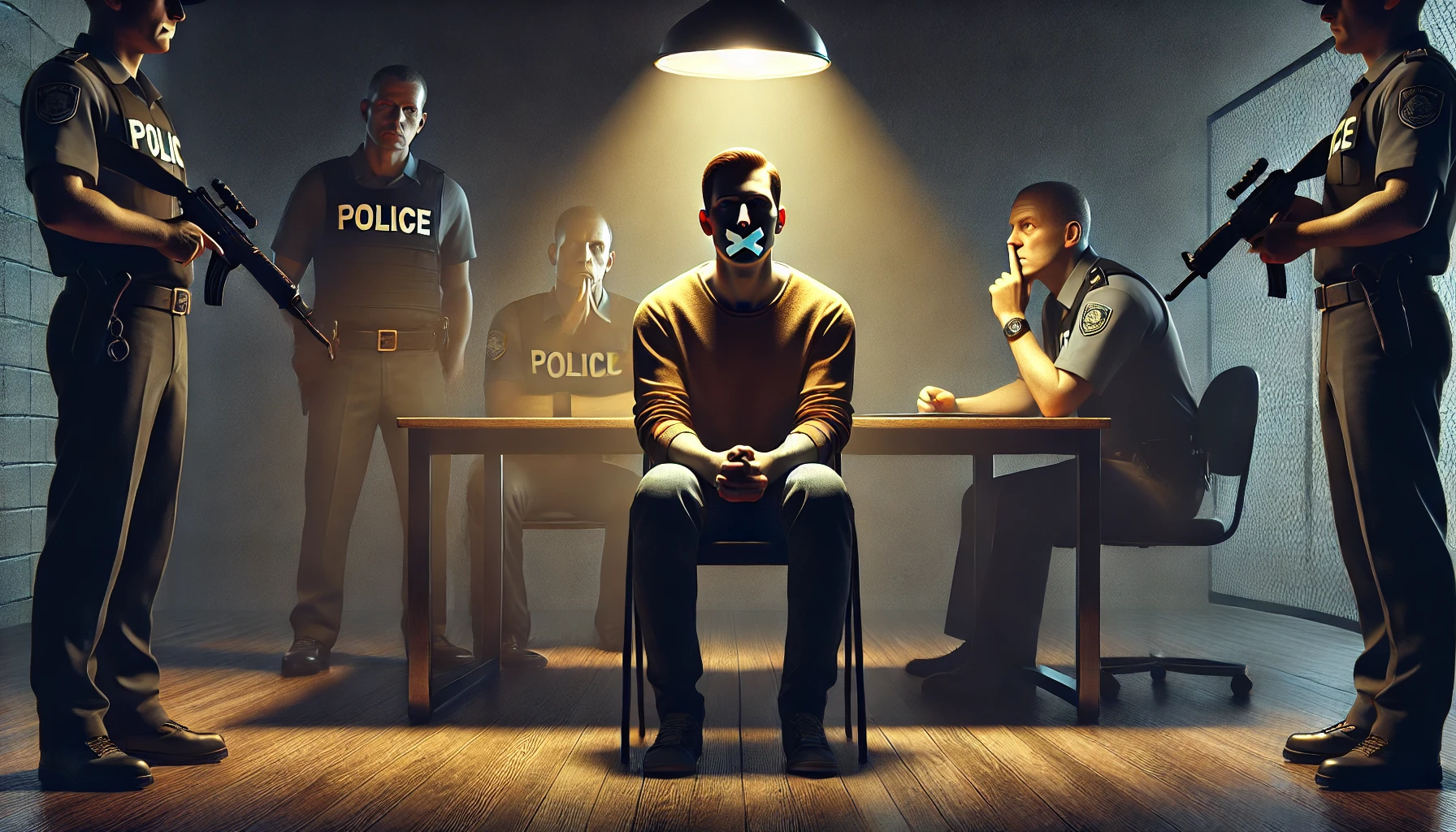




0 comments